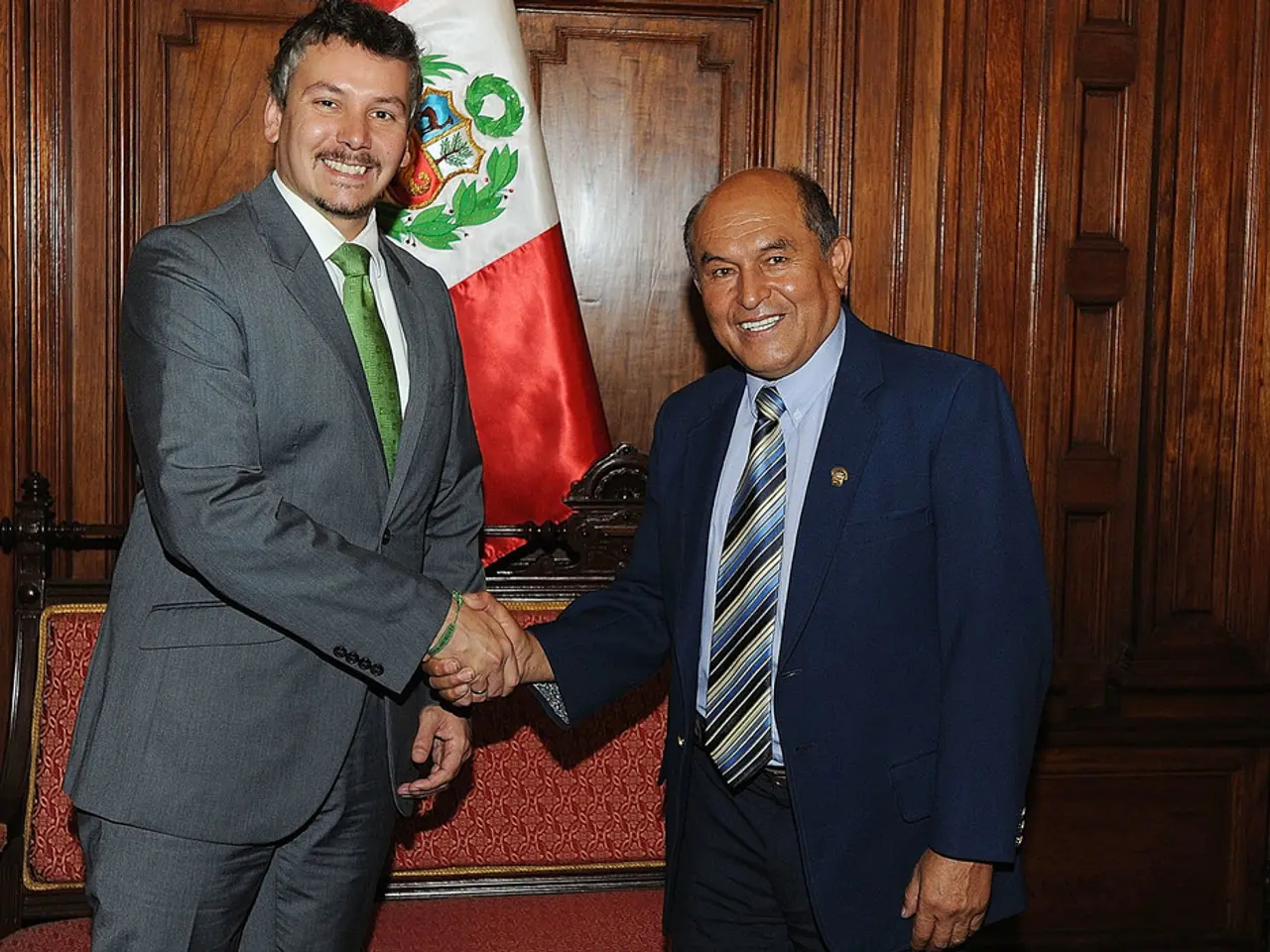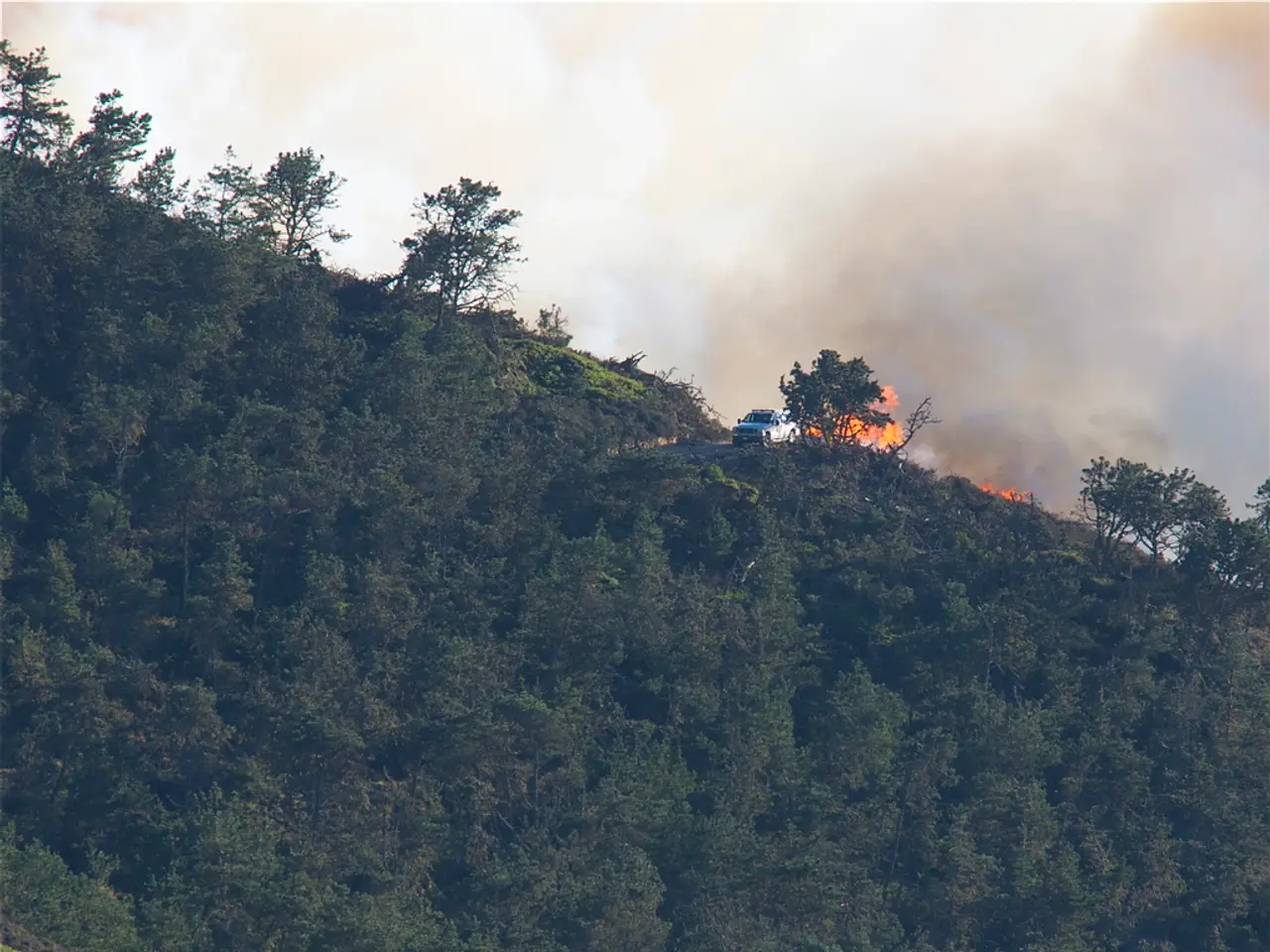U.S. brokers peace deal between Armenia and Azerbaijan, dubbed the 'Trump Route', at the White House
On August 8, 2025, a US-brokered peace agreement was signed between the leaders of Armenia and Azerbaijan at the White House. The event, billed as a "historic peace summit," aims to end decades of conflict, including two full-scale wars, by committing both countries to permanently cease hostilities, open diplomatic relations, respect each other's sovereignty and territorial integrity, and facilitate commerce and travel.
Key details of the agreement include:
- A transit corridor, dubbed the "Trump Route for International Peace and Prosperity," spanning 43 kilometers, connecting Azerbaijan proper to its exclave Nakhichevan, which passes through Armenian territory.
- Both sides pledge to establish formal peace and inter-state relations and to continue negotiations toward full ratification of a comprehensive peace treaty.
- The accord reflects a shift in regional geopolitics by reducing Russia's influence and increasing US and Western involvement in the South Caucasus.
- US President Donald Trump lifted previous US military cooperation restrictions on Azerbaijan, a major step in regional military relations.
- Armenia is concurrently expanding its Western military ties, including joint US-Armenia exercises (Eagle Partner 2025), aimed at enhancing peacekeeping readiness, though this creates domestic and regional friction.
Implications for military cooperation, commerce, and diplomatic relations are significant:
| Aspect | Details and Implications | |-----------------------|---------------------------------------------------------------------------------------------------------------| | Military Cooperation | US lifted prior restrictions on military aid to Azerbaijan; Armenia deepens US military ties through joint exercises like Eagle Partner 2025; tensions with Russia persist as Armenia seeks security diversification. Increased militarization risks regional tension but reflects US commitment to stability via security partnerships. | | Commerce and Transit | Opening of the 43 km "Trump Route" corridor facilitates Azerbaijani access to Nakhichevan, promoting regional connectivity and trade; potential to unlock broader economic opportunities long restricted by conflict and closed borders. | | Diplomatic Relations | Both countries pledge full diplomatic normalization, ending decades of hostility; US-EU and regional powers (Turkey, Russia, Iran) are stakeholders with varied reactions—Turkey and Europe supportive, Russia’s influence waning, Iran opposing the corridor citing security concerns. |
While the agreement is historic and opens opportunities for peace and development, challenges remain. Border incidents, unresolved grievances, and regional rivalries, especially involving Russia and Iran, could undermine lasting peace. The US role remains crucial to support implementation and stability in the region.
In conclusion, the US-brokered peace agreement between Armenia and Azerbaijan establishes a framework for ending conflict, advancing military cooperation under US auspices, facilitating commerce through a new transit corridor, and normalizing diplomatic relations, though practical realization depends on continued international oversight and regional dynamics.
The US-brokered peace agreement between Armenia and Azerbaijan is expected to significantly impact military relations, with the US lifting prior restrictions on military aid to Azerbaijan and Armenia deepening its military ties with the US through joint exercises like Eagle Partner 2025. However, tensions with Russia persist as Armenia seeks security diversification, indicating a potential for increased militarization and regional tension.
The agreement also aims to facilitate commerce through the establishment of the "Trump Route for International Peace and Prosperity," a 43 km transit corridor connecting Azerbaijan to its exclave Nakhichevan, which could promote regional connectivity and trade, unlocking broader economic opportunities long restricted by conflict and closed borders.








